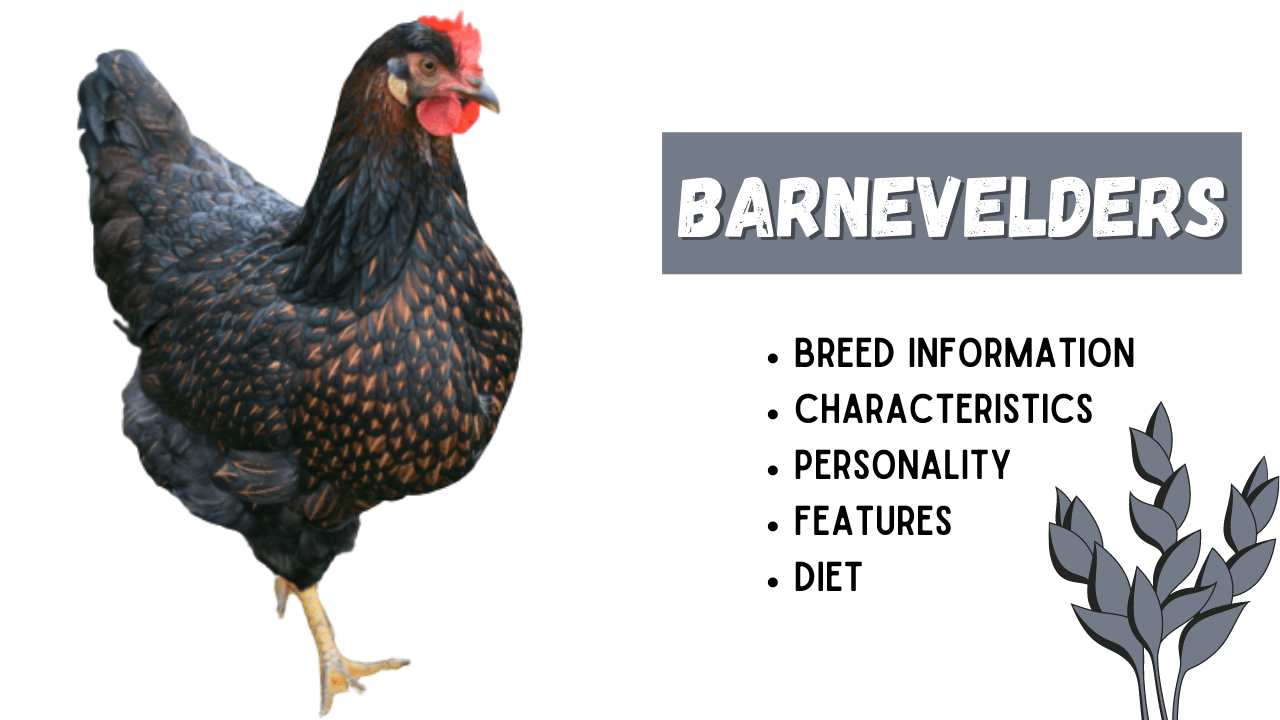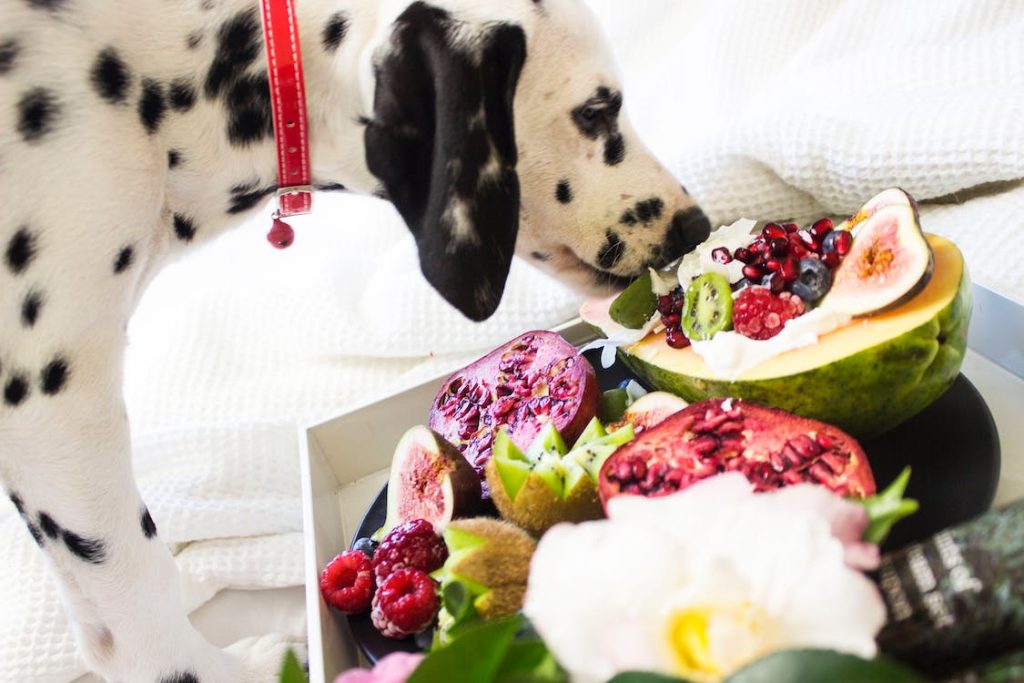
Barnevelders are also called “Barnies” for short. Relatively, they are newcomers to the world of different chicken breeds. What makes Barnies popular among chicken breeders is that they are low maintenance, looks beautiful, and have a fun personality.
The Barnevelder was once the spotlight of the Dutch egg industry. Now, even with many rivals, it still has a good reputation for its egg laying abilities.
In this article, we will discuss all the important things that you need to know about Barnevelders including their history and origin, egg laying capabilities, appearance, size and color, temperament, and how you could properly take care of them.
History and Origin
Although Barnies are quite new breeds, as mentioned earlier, their exact history is a bit obscured. Their name came from a European town called Barneveld. This town became a poultry hub during the early 20th century. The area was a major egg supplier in all of Europe. English customers demanded brown colored eggs that time, hence farmers were determined to increase their supply of such eggs.
Historical accounts claim that various breeds of chickens were crossed bred to come up with the Barnevelder we know today. The breeds involved include Langshans from the Oriental countries, Malays, Brahmas, and Gold Laced Wyandottes. There is, however, no consensus about the exact lineage of this chicken breed. In 1923, the breed was made official and standardized by the Barneveld Breeders Association.
Appearance
Barnevelder hens are known for the beautiful pattern on their feathers. They have a brown feather with a double black lacing which produces an arrowhead-like appearance. Though simple, the design is stunning. The feathers on its neck is simple black without any patterns. On the contrary, the Barnevelder roosters don’t have such pattern. It has a jet-black breast.
The Barnevelder has a rectangular body shape. Its back is compact and U shaped. The highs are high on their body. Because of this, the chicken could not fly well.
The neck of a Barnevelder is somehow arched. The tail carries at about 50 degrees with a moderate spread of the feathers. The plumage is tight. The comb has a single variety with usually 5 points. Its ear lobes, comb, and wattles are color red. Its eyes are colored red as well while its beak is colored horn.
Size and Color
Being large birds, Barnevelder roosters weigh between seven to eight pounds while hens weigh between five to six pounds. The original colors of Barnies were double laced and partridge, though now it is believed that the partridge color of Barnevelders is already extinct.
The available colors of Barnevelders include double laced silver, double laced blue, white, black, silver blue, and chamois.
There are also bantam Barnevelders. But those cannot be easily obtained from chicken breeders primarily because bantams are not officially recognized.
Egg Laying
Every week, a Barnevelder hen can lay about three to four large brown eggs. The eggs are colored dark chocolate and are usually speckled. Even in winter, Barnevelders can regularly lay eggs. Barnevelders raised for egg yields usually have lighter colored eggs.
Temperament
Barnevelder hens are not really broody. But they are very easygoing. It is rare for them to argue with other birds. Even rooster Barnies are very clam.
Barnies are also known to be very friendly chickens. Once you have become friends with them, they will be happy to see you. One thing about them is that they do talk quite a bit. But they have a low voice unlike Rhode Island Reds that love to shout.
Barnevelders like to be active at times. They enjoy free ranging and are actually good in doing so. They can be easily tamed as pets. Being kind and docile, Barnies can make great friends with kids.
Should I Get a Barnevelder?
Since Barnevelders are so gentle and kind, they can fit easily into a flock. They can also tolerate confinement very well, which is good for those who like to keep their chickens inside a coop. But also make sure to give them time to free range once in a while.
Barnevelders are super friendly. They can help you with your gardening tasks such as removing weeds. It would be difficult to find other birds as even-tempered as a Barnevelder. They are delightful and always happy that they would probably lift up your spirits as well.
Barnevelders are good dual-purpose hens. They don’t tend to be aggressive and can easily get along with other chicken breeds. Good for Barnevelders that they are once again becoming popular among chicken breeders. It won’t take long for this chicken breed to become very common. Hence, you should really consider getting this breed for yourself.
Conclusion
Overall, the Barnevelder is an outstanding chicken breed, which is why it is considered to be one of the top 20 chicken breeds. You have been given the most important things that you need to know about Barnevelders – including how the breed originated, its appearance, temperament, size and color, and egg laying capabilities. The choice is up to you now to decide whether to get one for you coop or backyard. Whatever your decision may be, we wish you good luck in your chicken breeding journey!







